ARTS & CULTURE WRITING, REVIEWS, AND FEATURES
SELECTED READING
︎Lydia Ourahmane’s “صرخة شمسية Solar Cry”- Art-Agenda, Mar 27, 2020 [LINK]
︎Delcy Morelos at Galeria Santa Fe - Artforum, Apr 2020 [LINK]
︎Taking a Bite from Ron Nagle’s Psychedelic Confections - Frieze, Mar 2020 [LINK]
︎April Dawn Alison at SFMOMA - ArtReview, Jan & Feb 2020 [LINK]
︎Fog Machine - Artforum, Jan 2020 [LINK]
︎Inside the Unseen Archives of Dorothea Lange - WSJ Mag, Jan 2020 [LINK]
︎Laurie Simmons - Sleek Mag, Jan 2020 [LINK]
︎Artist Alma Allen’s Story Is Wilder Than Fiction - Artnet, Jan 2020 [LINK]
︎Mexico City, Where Creative Culture Is Thriving, Adds Gallery Incubator - WSJ Mag, Sept 2019 [LINK]
︎Lydia Ourahmane’s “صرخة شمسية Solar Cry”- Art-Agenda, Mar 27, 2020 [LINK]
︎Delcy Morelos at Galeria Santa Fe - Artforum, Apr 2020 [LINK]
︎Taking a Bite from Ron Nagle’s Psychedelic Confections - Frieze, Mar 2020 [LINK]
︎April Dawn Alison at SFMOMA - ArtReview, Jan & Feb 2020 [LINK]
︎Fog Machine - Artforum, Jan 2020 [LINK]
︎Inside the Unseen Archives of Dorothea Lange - WSJ Mag, Jan 2020 [LINK]
︎Laurie Simmons - Sleek Mag, Jan 2020 [LINK]
︎Artist Alma Allen’s Story Is Wilder Than Fiction - Artnet, Jan 2020 [LINK]
︎Mexico City, Where Creative Culture Is Thriving, Adds Gallery Incubator - WSJ Mag, Sept 2019 [LINK]
︎Interview with Cecilia Chiang - Apartamento, Issue #24 [LINK]
︎Capps Lock - Artforum, Sept 2019 [LINK]
︎A Brief History of Spectacular Dining- Frieze, Aug 2019 [LINK]
︎ When Duchamp Meets Koons, It’s a Problem of Scale - Frieze, Jul 2019 [LINK]
︎Matt Keegan Complicates Childhood Feelings - Frieze, Jun 2019 [LINK]
︎Arthur Jafa’s “The White Album” - Art-Agenda, Mar 2019 [LINK]
︎Vincent Fecteau - Art-Agenda, Sept 2018 [LINK]
︎Capps Lock - Artforum, Sept 2019 [LINK]
︎A Brief History of Spectacular Dining- Frieze, Aug 2019 [LINK]
︎ When Duchamp Meets Koons, It’s a Problem of Scale - Frieze, Jul 2019 [LINK]
︎Matt Keegan Complicates Childhood Feelings - Frieze, Jun 2019 [LINK]
︎Arthur Jafa’s “The White Album” - Art-Agenda, Mar 2019 [LINK]
︎Vincent Fecteau - Art-Agenda, Sept 2018 [LINK]
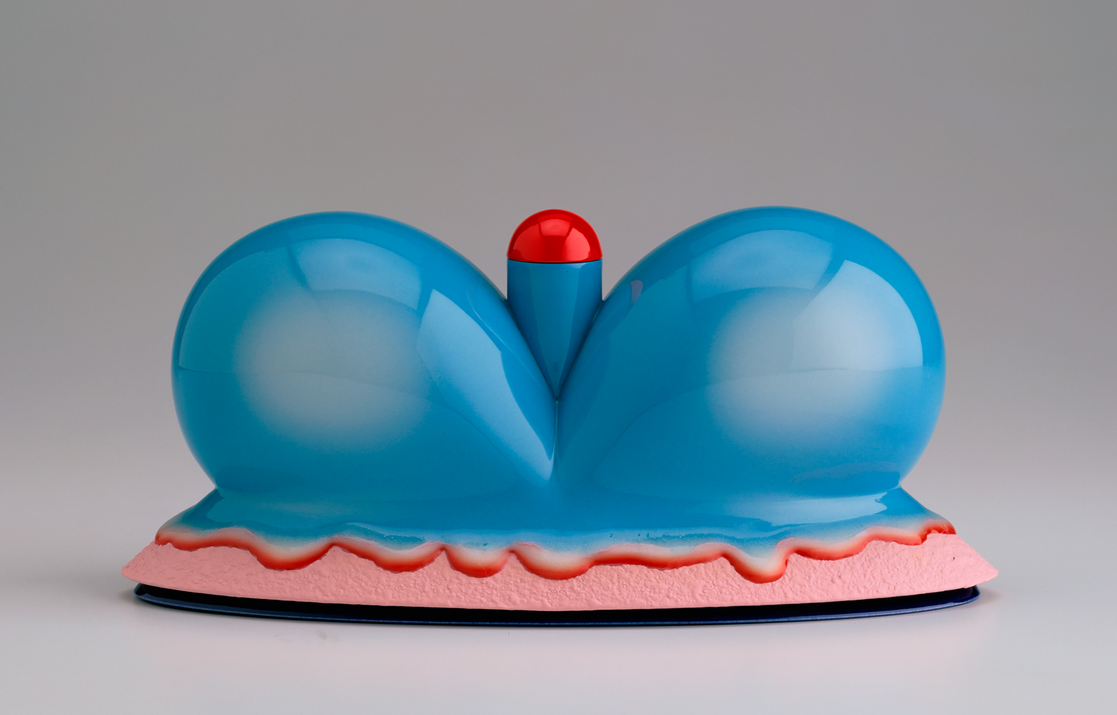

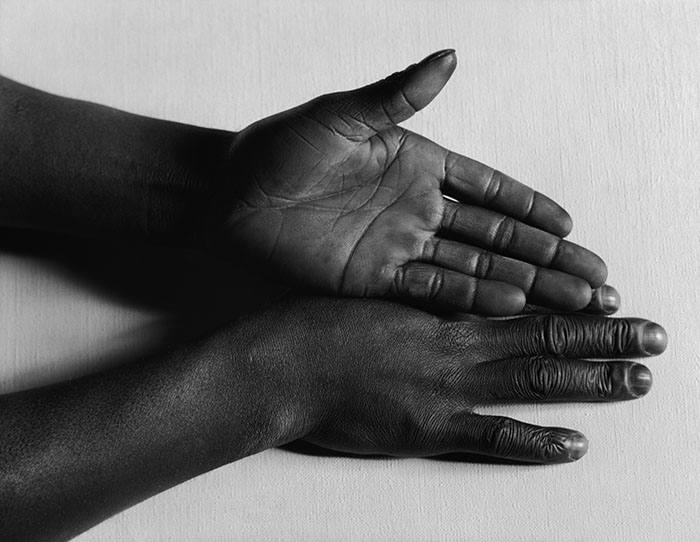


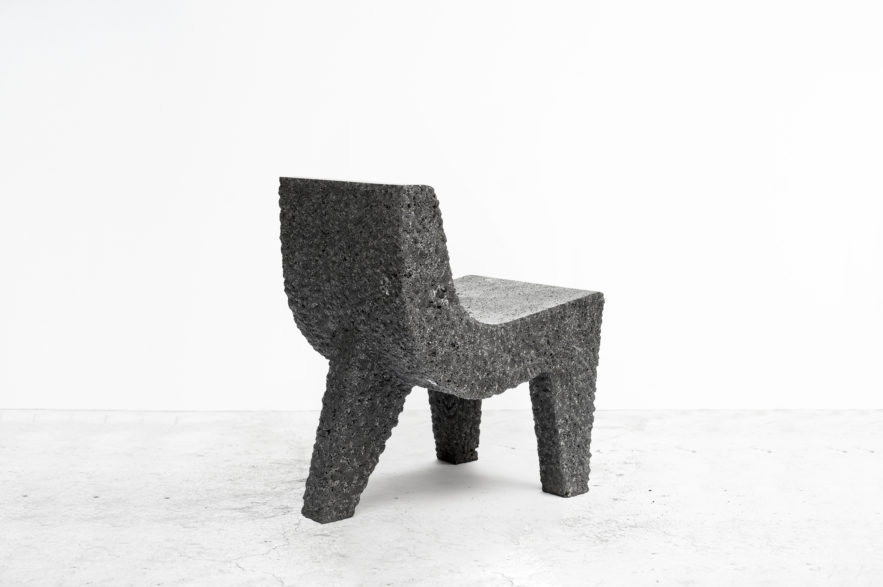


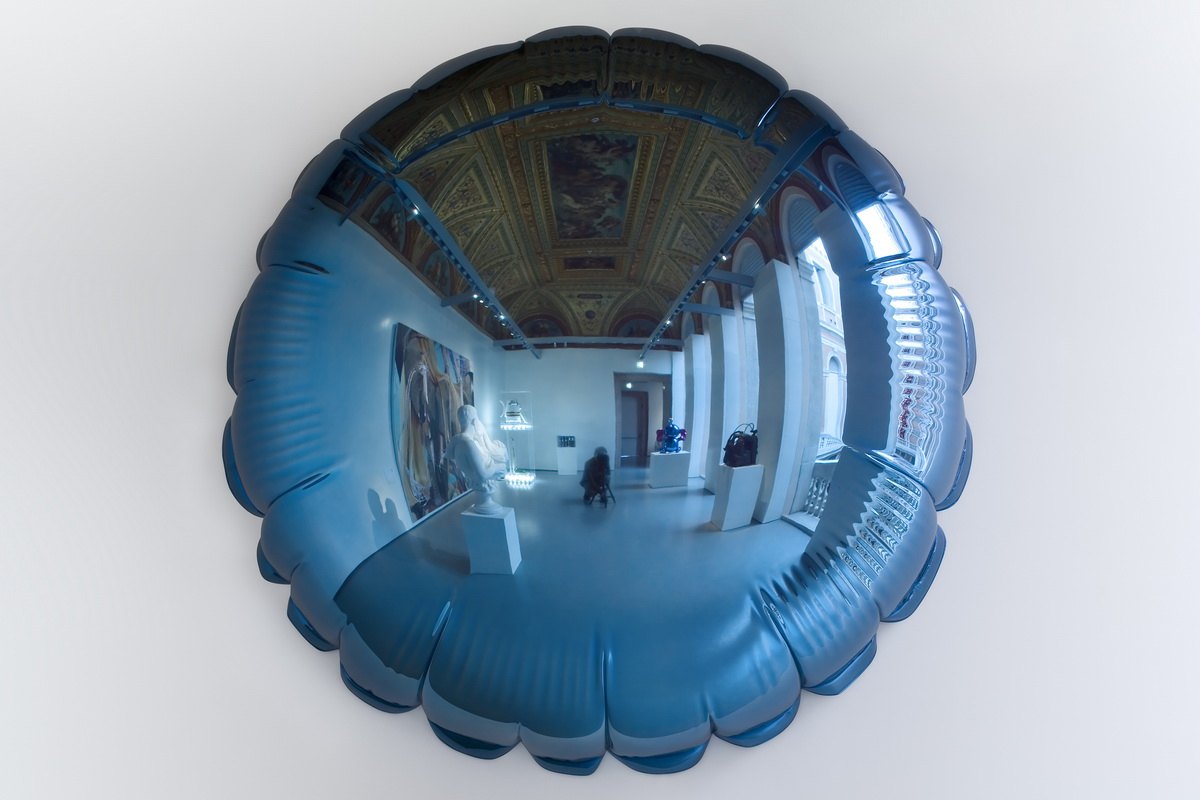
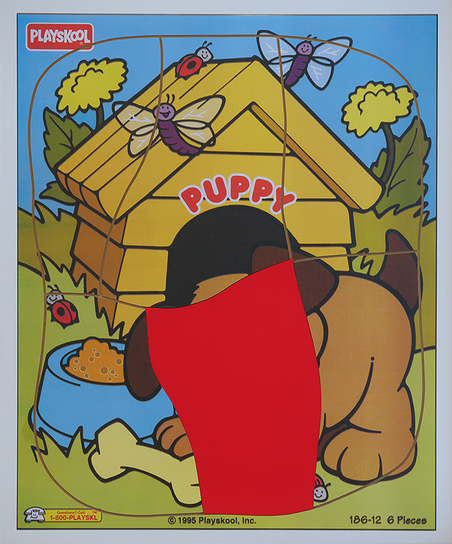

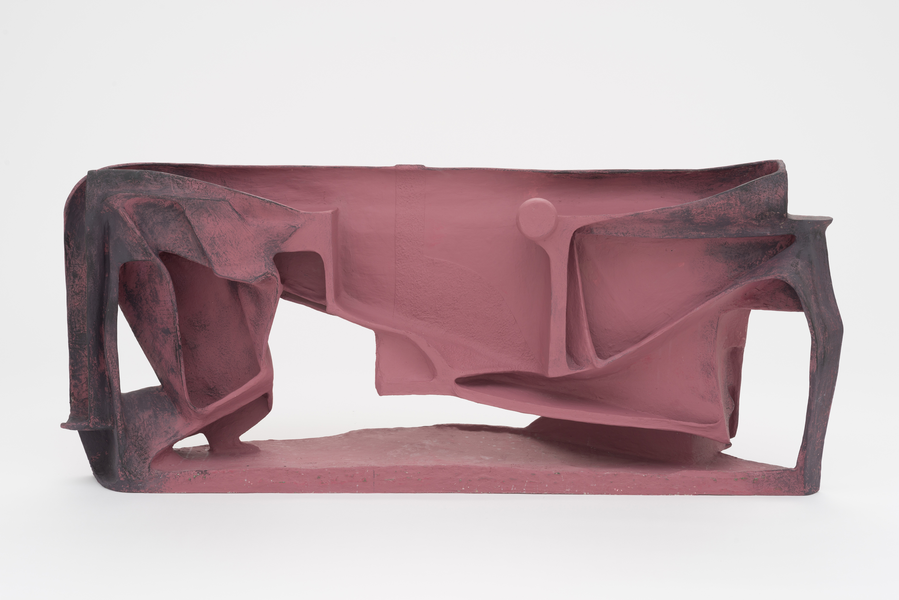
Works by: Ron Nagle, April Dawn Alison, Dorothea Lange, Laurie Simmons, Alma Allen, Pedro Reyes, Liz Magor, Laila Gohar, Jeff Koons, Matt Keegan, Arthur Jafa, Vincent Fecteau ©The artists, all rights reserved.
A RECENT REVIEW
“Taking a Bite from Ron Nagle’s Psychedelic Confections”
Frieze Magazine, March 2020
‘Handsome Drifter’, the first ‘hometown’ survey of San Francisco-based artist Ron Nagle in more than 25 years, presents 27 small abstract sculptures and 16 drawings dating from the late 1990s to 2019. It is, like all Nagle exhibitions subsequent to his 2013 blockbuster ‘re-debut’ at the 55th Venice Biennale, an uncanny admixture of sardonic humour, high style, wit and sheer, breath-taking beauty. Unlike previous exhibitions, however, it includes an imposing wheelchair-accessible ramp to a stage enclosed by a chunky U-shaped barrier. From this elevated vantage, viewers can appreciate a 360-degree view of the 15 sculptures installed along this perimeter. It’s an unprecedented opportunity to gaze down upon a Nagle sculpture from above, something that his preferred display method – in recessed, diorama-like windows, or perched upon unusually tall plinths – generally prohibits. Despite predominantly working in three-dimensional media, Nagle normally likes to keep things frontal; likes to control the narrative. The plot may be inscrutable, but each piece is a stage.
Nagle represents something of San Francisco that I hope never meets extinction: an attitude – part rebuke of, part bald indifference to, the mainstream – that has made the best of the Bay Area’s cultural producers progenitors of their respective genres. Though he only met stratospheric art world success on the heels of his 2013 presentation at the 55th Venice Biennale (he joined Matthew Marks Gallery soon after), Nagle’s been doing his own thing for decades. Born in 1939, he started making ceramics in high school because his mother had a kiln in the basement out of which she’d churn Santa mugs with china glazes. In the ‘50s – he’s 81 now – he made jewellery, enrolling as an English major at San Francisco State College before transferring to a BFA programme and graduating with a focus in ceramics in 1961. He has nurtured a deep and lasting passion for song-writing and music (a deluxe edition of his acclaimed 1970 album Bad Rice was released on Omnivore Recordings in 2015) and designed the sound effects for The Exorcist (1973). Following a well-documented apprenticeship under the legendary ceramic sculptor Peter Voulkos at UC Berkeley in the ‘60s, Nagle began teaching at Mills College, Oakland, where he remained for more than 30 years – instructing one class in how to make sculptures based on pop songs.
Horror and noir films, George Herriman’s Krazy Kat cartoons (1913-14) and Charlie Chan movies are recurring references, but Nagle doesn’t like to fixate on the idea that any sculpture might draw too heavily from a single, concrete source. Although he routinely sketches while watching movies – a number of his charming, Gustonesque drawings on coloured paper are installed along two walls of the exhibition – his sources of inspiration are more nebulous. Still, his sculptures generally belong to named series (‘Thin Fins,’ ‘Neo Hairdo Wares,’ ‘Tag,’ etc.) spurred by a specific experience or fleeting vision. For instance, Beirut Canal (2009), an especially richly rust-coloured sculpture that at first reminded me of the flattened face of a cartoon duck-billed platypus, was inspired by a skin tag Nagle removed from his elderly father’s back by looping a length of thread around it and pulling violently. This suddenly more sinister piece is, needless to say, part of a series titled ‘Tag’ (2009-10). ‘Puns,’ Nagle told me, ‘are the highest form of humour.’
But part of the wonder of a Nagle sculpture is the enigma of it. One iridescent colour plays off another, often to queasy effect; a title jars intentionally with a shape, or perhaps ignores form altogether. The artist refers to this coupling as ‘shibui’ – a Japanese term describing an aesthetic balance of complexity and simplicity said to prevent a viewer from growing bored. Decades ago, Nagle began emancipating himself from an oppressive association with craft to more freely embrace an arsenal of tools. By combining ceramic with epoxy resin, polyurethane, a variety of glazes and china paints, styrene, even aluminium, and by firing works at low temperatures, he achieves beguiling effects. A thin, gleaming base in a contrasting colour underlies almost all his pieces, giving even the most grotesque shapes – shrimp tempura or severed pig’s tail? – a lapidary elegance. Slimy, exaggerated drips half-cloak crusty, matte surfaces. The pieces pulsate. The proliferation of phallic appendages that adorn Blueweeorama (2009), PM Dom (2013), Vanity Scramble (2011) and the titular Handsome Drifter (2015) send me down an online rabbit hole, as I flick through endless photos of nudibranchs – twisted-horn sea slugs whose flesh expresses in a range of hallucinatory tropical colours. Shibui is literally translated as ‘bitter or astringent’ and, searching for more insight into the term, I find more than one reference to the flesh of a green, unripe persimmon. I think of the inherent contradictions found in this particular fruit: its voluptuous, gluteal shape; its thick waxy skin; its slick pulp that grows sickly sweet in ripeness; the papery chapeau of leaves that clings improbably to its top. I don’t need to taste Nagle’s sculptures, however, for this comparison to feel right. The complexities of their flavours linger in the mind, if not on the palate.
Ron Nagle ‘Handsome Drifter’ runs at Berkeley Art Museum & Pacific Film Archive, Berkeley, USA until 14 June 2020.